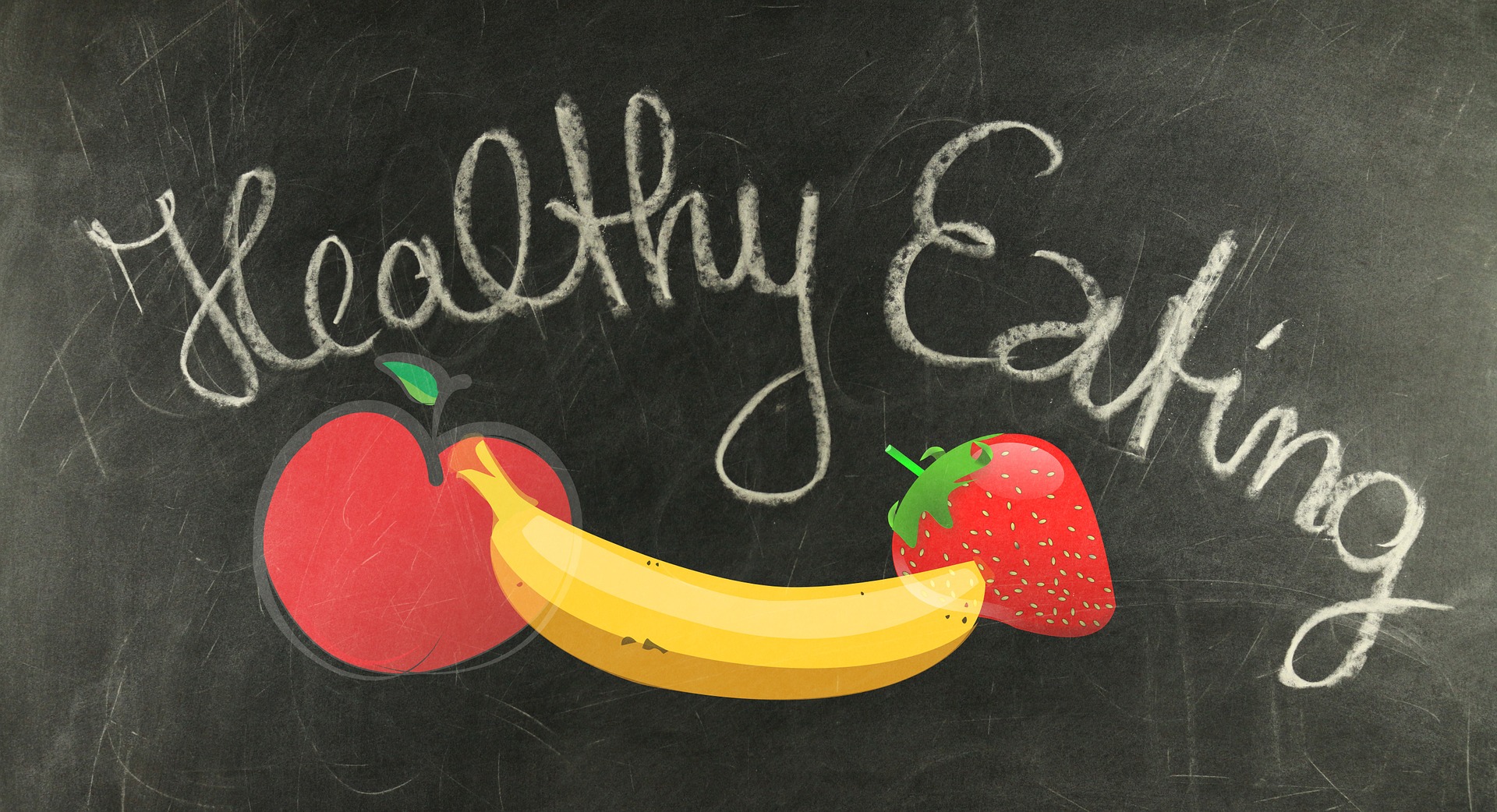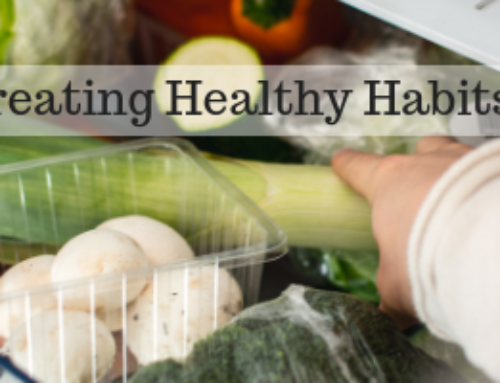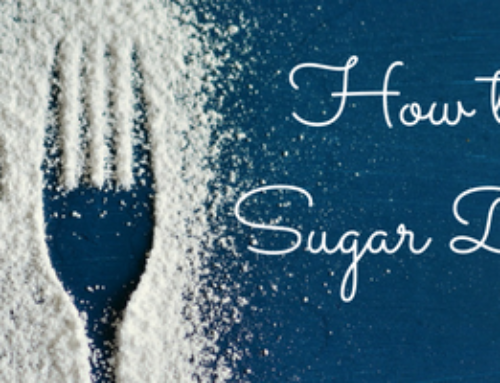There are many foods out there lurking in supermarket aisles, that can be perceived as healthy, but truly are not. And even those individuals with the healthiest of lifestyles and best of intentions can fall prey to these foods. Case in point, we can all remember eating margarine, right? Here are some foods that can be disguised as healthy, but may need a closer look.
Cereals
Have you seen the sheer volume of cereals available at your local supermarket? This is one grocery store product that a majority of people perceive as healthy. But frankly, even those cereals that look healthy on the box or in your bowl, most likely aren’t. Now, there are exceptions of course, but most cereals that line the shelf are low-fiber, and laden with sugar. Whole grains cereals are better, but for those with blood sugar fluctuations, these cereals don’t have the holding power that protein foods do, and can set one up for blood sugar swings later in the day. The best cereal in my opinion is good old fashion oatmeal. Steel cut oats or whole oat groats are even better, because they are the least processed, and therefore take more time to digest and stick with you longer. If you must buy boxed cereal, then follow the “5 and 5 Rule”. Per 15- 20 grams of total carb, the cereal should have at least 5 grams of fiber, and 5 or less grams of sugar. See the nutrition facts label for this info.
Fat Free Half and Half
This commercial product basically takes skim milk, adds corn syrup and then thickens it to provide mouth-feel. Please, please just use “real” half and half. My clients always seem shocked when I tell them it is okay to use cream. The fact is that although cream has more calories than skim milk, it has less sugar. And, for the most part, I am far more concerned about sugar than calories. Also, I would argue that you can use just a little bit of half and half to get that ‘milky’ flavor you are probably looking for. I think one – two tablespoons would be a reasonable amount to add to a cup of coffee for most people. One tablespoon of half and half has 20 calories and a half a gram of sugar – not bad. And don’t forget, fat is good for you. The maligned saturated fat has been vindicated in nutrition circles.
Farm Raised Salmon
Living in the Northwest, I probably don’t have to convince many of you that wild salmon is preferred over farm raised. Farm raised salmon has been shown to have less omega-3 fats than wild salmon, and can even harbor PCBs in their bodies. They are also fed antibiotics during their lives, to ward off infections. Always purchase wild salmon if possible. Also, keep in mind that a lot of restaurants will use farmed raised salmon, including sushi restaurants, so be sure to ask before you order.
Egg Whites
Okay, egg whites are good for you, but please don’t eat them only to throw out the yolk. The yolk is very nutritious. It is an excellent source of lutein and zeaxanthin, which are fat-soluble nutrients that act as antioxidants, and are especially beneficial to eye health. These star nutrients are known to help prevent macular degeneration, a blinding eye condition. Yolks are also a great source of phosphatidylcholine, important to liver and brain health, as well as vitamin A.
Unfortunately, there are more foods that you may perceive to be healthy, but truly are questionable. I’ll cover more in a future blog post.
As always, if you enjoyed this article, please share with family or friends!






